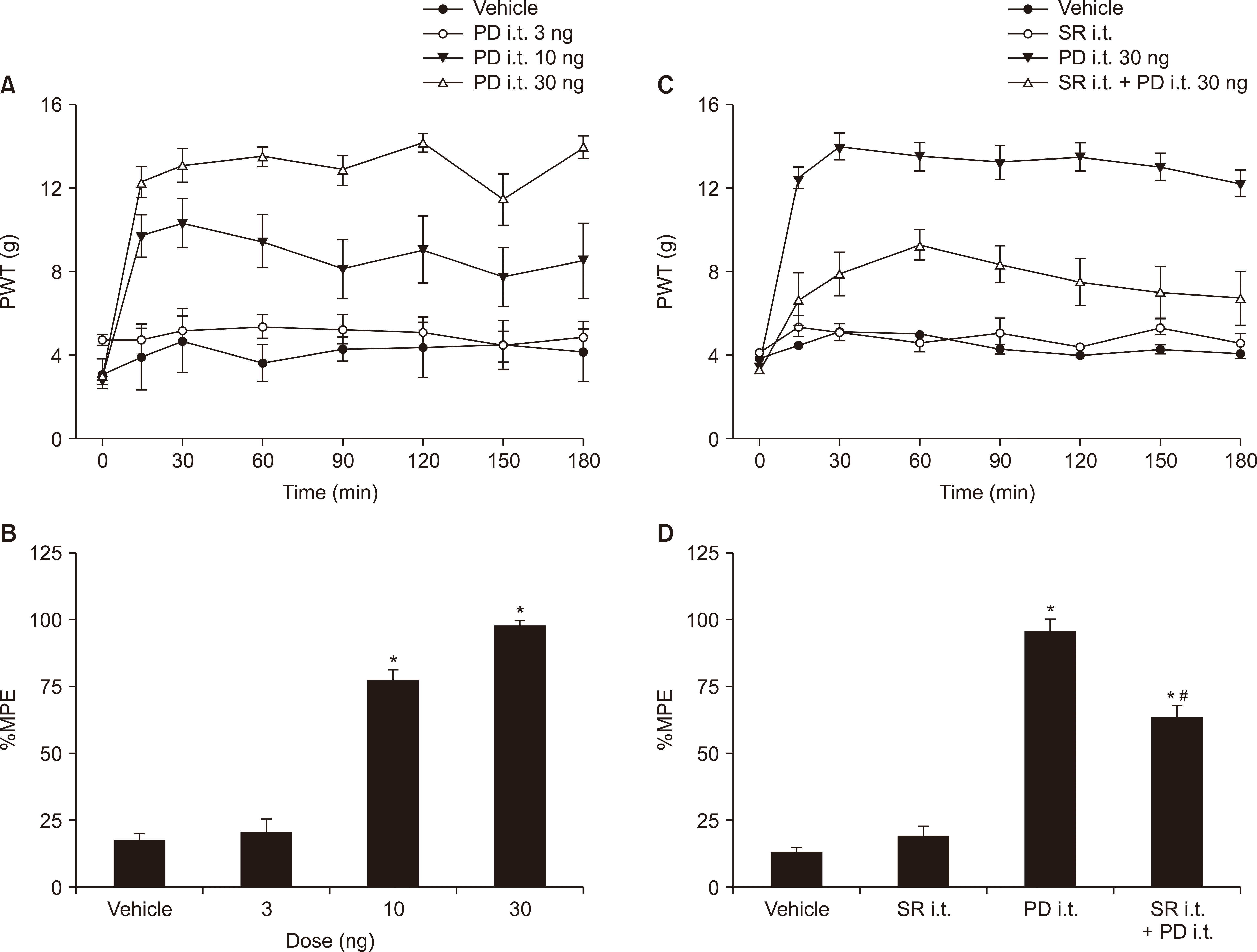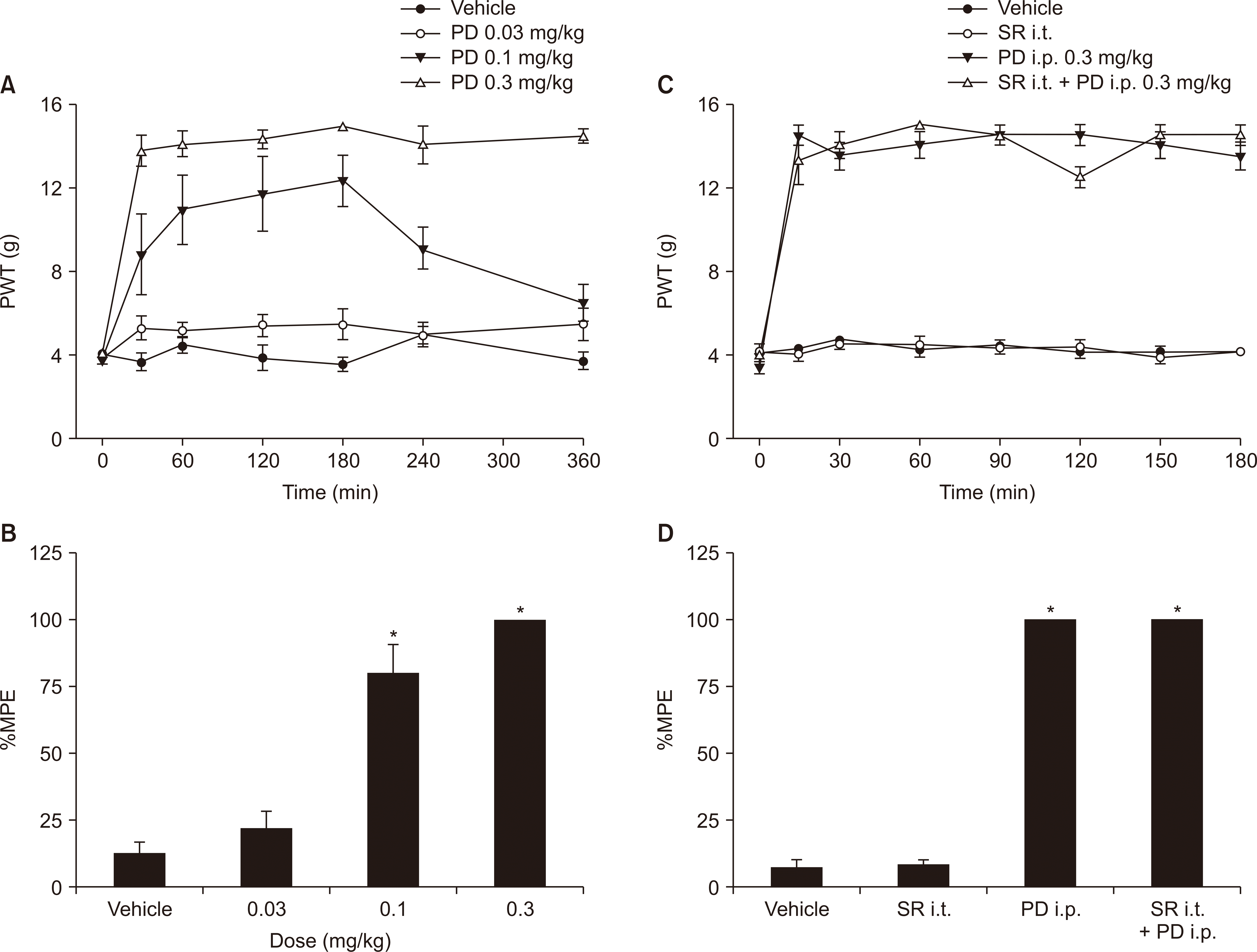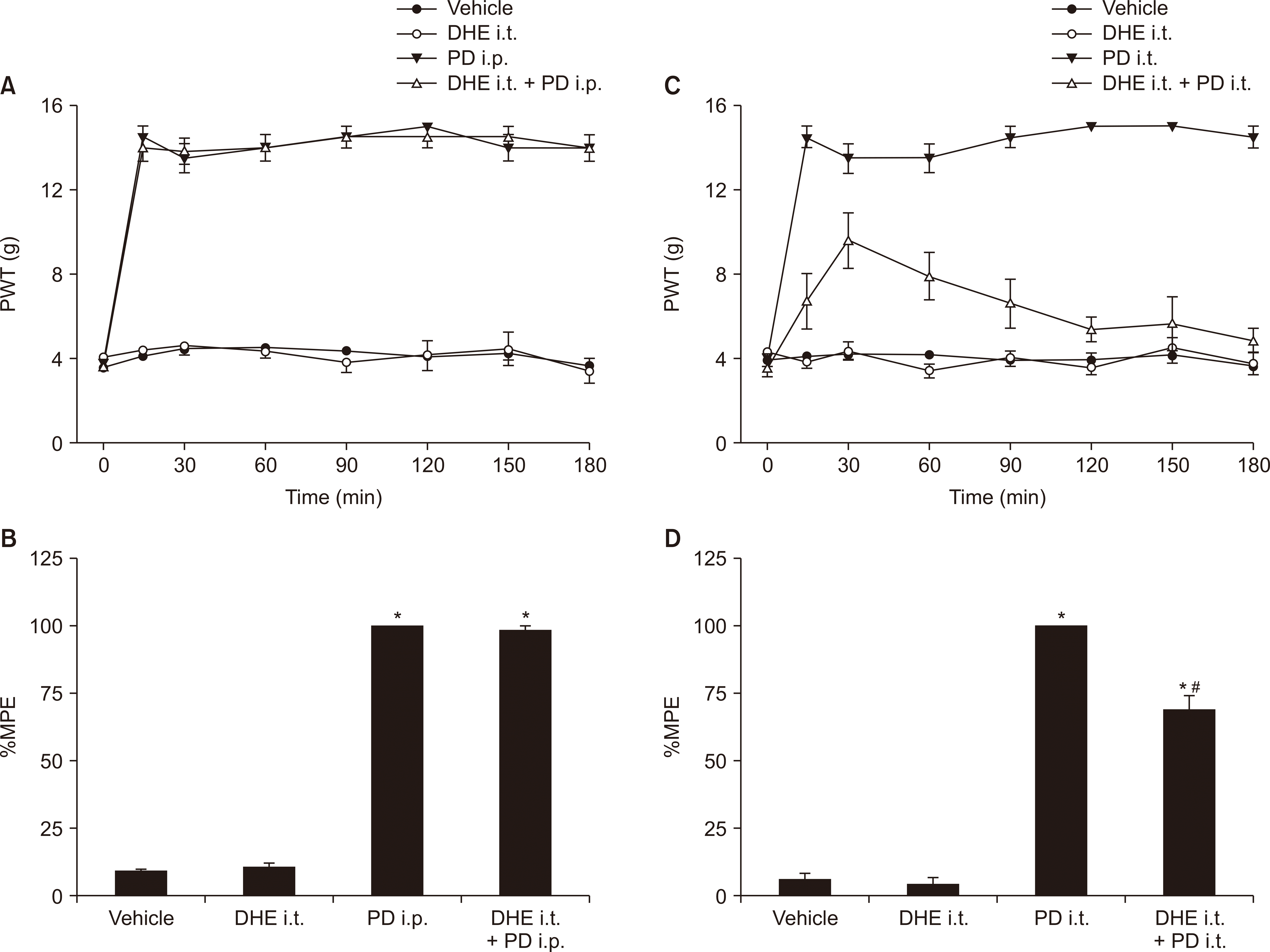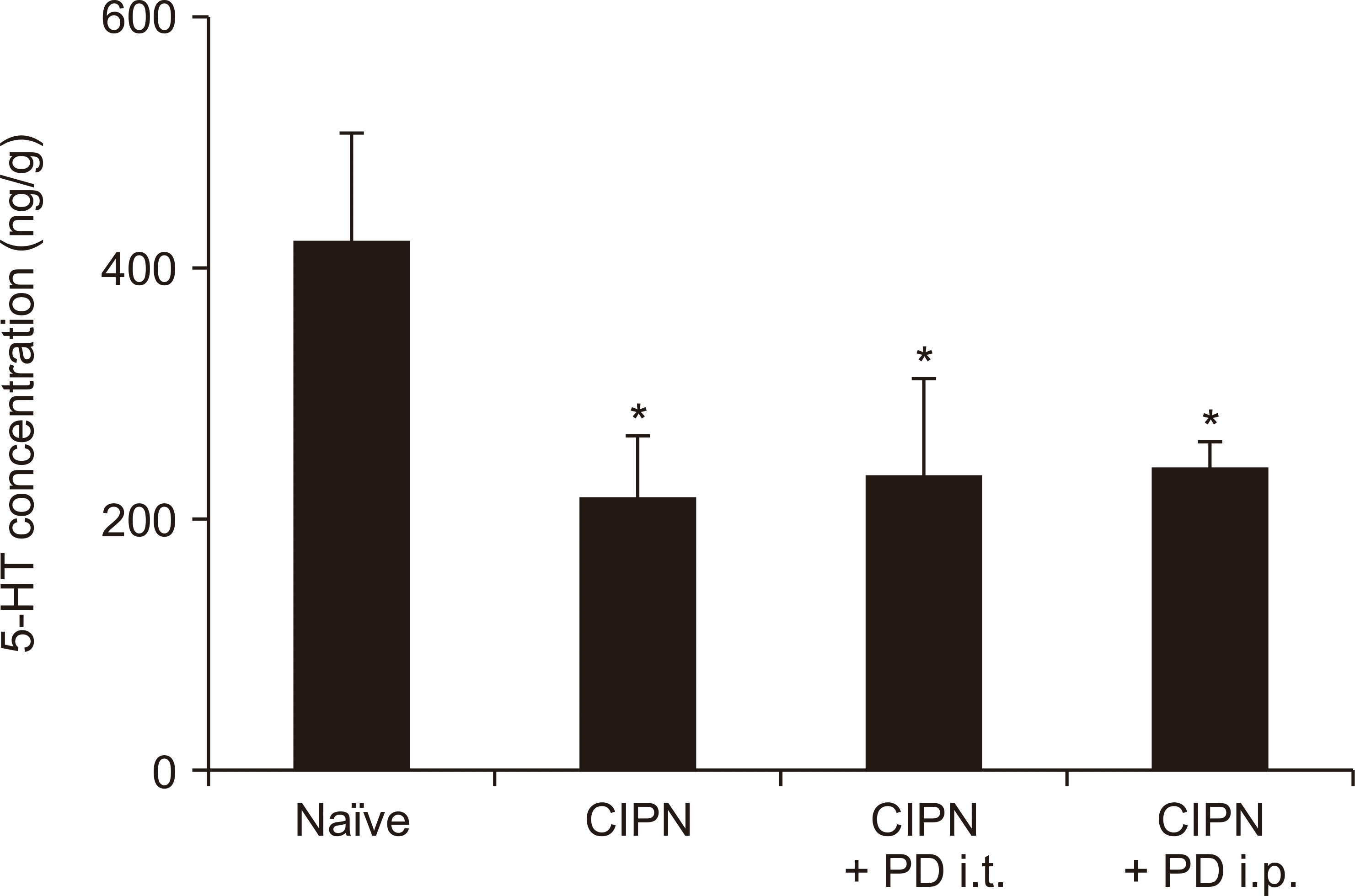1. Flatters SJL, Dougherty PM, Colvin LA. 2017; Clinical and preclinical perspectives on Chemotherapy-Induced Peripheral Neuropathy (CIPN): a narrative review. Br J Anaesth. 119:737–49. DOI:
10.1093/bja/aex229. PMID:
29121279.

3. Fukuda Y, Li Y, Segal RA. 2017; A mechanistic understanding of axon degeneration in chemotherapy-induced peripheral neuropathy. Front Neurosci. 11:481. DOI:
10.3389/fnins.2017.00481. PMID:
28912674. PMCID:
PMC5583221.

4. Bhandare AM, Kshirsagar AD, Vyawahare NS, Hadambar AA, Thorve VS. 2010; Potential analgesic, anti-inflammatory and antioxidant activities of hydroalcoholic extract of Areca catechu L. nut. Food Chem Toxicol. 48:3412–7. DOI:
10.1016/j.fct.2010.09.013. PMID:
20849907.
6. Hile ES, Fitzgerald GK, Studenski SA. 2010; Persistent mobility disability after neurotoxic chemotherapy. Phys Ther. 90:1649–57. DOI:
10.2522/ptj.20090405. PMID:
20813818. PMCID:
PMC2967709.

7. Carraway R, Leeman SE. 1973; The isolation of a new hypotensive peptide, neurotensin, from bovine hypothalami. J Biol Chem. 248:6854–61. PMID:
4745447.

8. Jennes L, Stumpf WE, Kalivas PW. 1982; Neurotensin: topographical distribution in rat brain by immunohistochemistry. J Comp Neurol. 210:211–24. DOI:
10.1002/cne.902100302. PMID:
6754769.

9. Buhler AV, Choi J, Proudfit HK, Gebhart GF. 2005; Neurotensin activation of the NTR1 on spinally-projecting serotonergic neurons in the rostral ventromedial medulla is antinociceptive. Pain. 114:285–94. DOI:
10.1016/j.pain.2004.12.031. PMID:
15733655.

10. Buhler AV, Proudfit HK, Gebhart GF. 2008; Neurotensin-produced antinociception in the rostral ventromedial medulla is partially mediated by spinal cord norepinephrine. Pain. 135:280–90. DOI:
10.1016/j.pain.2007.06.010. PMID:
17664042. PMCID:
PMC2423280.

11. Petkova-Kirova P, Rakovska A, Zaekova G, Ballini C, Corte LD, Radomirov R, et al. 2008; Stimulation by neurotensin of dopamine and 5-hydroxytryptamine (5-HT) release from rat prefrontal cortex: possible role of NTR1 receptors in neuropsychiatric disorders. Neurochem Int. 53:355–61. DOI:
10.1016/j.neuint.2008.08.010. PMID:
18835308.

12. Roussy G, Dansereau MA, Doré-Savard L, Belleville K, Beaudet N, Richelson E, et al. 2008; Spinal NTS1 receptors regulate nociceptive signaling in a rat formalin tonic pain model. J Neurochem. 105:1100–14. DOI:
10.1111/j.1471-4159.2007.05205.x. PMID:
18182046.

13. Smith KE, Boules M, Williams K, Richelson E. 2012; NTS1 and NTS2 mediate analgesia following neurotensin analog treatment in a mouse model for visceral pain. Behav Brain Res. 232:93–7. DOI:
10.1016/j.bbr.2012.03.044. PMID:
22504145.

14. Guillemette A, Dansereau MA, Beaudet N, Richelson E, Sarret P. 2012; Intrathecal administration of NTS1 agonists reverses nociceptive behaviors in a rat model of neuropathic pain. Eur J Pain. 16:473–84. DOI:
10.1016/j.ejpain.2011.07.008. PMID:
22396077.
16. Ward SJ, McAllister SD, Kawamura R, Murase R, Neelakantan H, Walker EA. 2014; Cannabidiol inhibits paclitaxel-induced neuropathic pain through 5-HT(1A) receptors without diminishing nervous system function or chemotherapy efficacy. Br J Pharmacol. 171:636–45. DOI:
10.1111/bph.12439. PMID:
24117398. PMCID:
PMC3969077.

17. Héaulme M, Leyris R, Soubrié P, Le Fur G. 1998; Stimulation by neurotensin of (3H)5-hydroxytryptamine (5HT) release from rat frontal cortex slices. Neuropeptides. 32:465–71. DOI:
10.1016/S0143-4179(98)90073-7. PMID:
9845009.

18. Jolas T, Aghajanian GK. 1996; Neurotensin excitation of serotonergic neurons in the dorsal raphe nucleus of the rat in vitro. Eur J Neurosci. 8:153–61. DOI:
10.1111/j.1460-9568.1996.tb01176.x. PMID:
8713459.
20. Yaksh TL, Rudy TA. 1976; Chronic catheterization of the spinal subarachnoid space. Physiol Behav. 17:1031–6. DOI:
10.1016/0031-9384(76)90029-9.

21. Han YK, Lee SH, Jeong HJ, Kim MS, Yoon MH, Kim WM. 2012; Analgesic effects of intrathecal curcumin in the rat formalin test. Korean J Pain. 25:1–6. DOI:
10.3344/kjp.2012.25.1.1. PMID:
22259709. PMCID:
PMC3259131.

22. Kim YO, Song JA, Kim WM, Yoon MH. 2020; Antiallodynic effect of intrathecal Korean Red Ginseng in cisplatin-induced neuropathic pain rats. Pharmacology. 105:173–80. DOI:
10.1159/000503259. PMID:
31578020.

23. Tétreault P, Beaudet N, Perron A, Belleville K, René A, Cavelier F, et al. 2013; Spinal NTS2 receptor activation reverses signs of neuropathic pain. FASEB J. 27:3741–52. DOI:
10.1096/fj.12-225540. PMID:
23756650.

24. Roussy G, Dansereau MA, Baudisson S, Ezzoubaa F, Belleville K, Beaudet N, et al. 2009; Evidence for a role of NTS2 receptors in the modulation of tonic pain sensitivity. Mol Pain. 5:38. DOI:
10.1186/1744-8069-5-38. PMID:
19580660. PMCID:
PMC2714839.

25. Boules M, McMahon B, Warrington L, Stewart J, Jackson J, Fauq A, et al. 2001; Neurotensin analog selective for hypothermia over antinociception and exhibiting atypical neuroleptic-like properties. Brain Res. 919:1–11. DOI:
10.1016/S0006-8993(01)02981-X. PMID:
11689157.

26. Demeule M, Beaudet N, Régina A, Besserer-Offroy É, Murza A, Tétreault P, et al. 2014; Conjugation of a brain-penetrant peptide with neurotensin provides antinociceptive properties. J Clin Invest. 124:1199–213. DOI:
10.1172/JCI70647. PMID:
24531547. PMCID:
PMC3934173.

27. Banks WA, Wustrow DJ, Cody WL, Davis MD, Kastin AJ. 1995; Permeability of the blood-brain barrier to the neurotensin8-13 analog NT1. Brain Res. 695:59–63. DOI:
10.1016/0006-8993(95)00836-F. PMID:
8574648.

28. Hillhouse TM, Prus AJ. 2013; Effects of the neurotensin NTS₁ receptor agonist PD 149163 on visual signal detection in rats. Eur J Pharmacol. 721:201–7. DOI:
10.1016/j.ejphar.2013.09.035. PMID:
24076181.
29. Clineschmidt BV, Martin GE, Veber DF. 1982; Antinocisponsive effects of neurotensin and neurotensin-related peptides. Ann N Y Acad Sci. 400:283–306. DOI:
10.1111/j.1749-6632.1982.tb31576.x. PMID:
6963112.

30. Fang FG, Moreau JL, Fields HL. 1987; Dose-dependent antinociceptive action of neurotensin microinjected into the rostroventromedial medulla of the rat. Brain Res. 420:171–4. DOI:
10.1016/0006-8993(87)90255-1. PMID:
3676752.









 PDF
PDF Citation
Citation Print
Print



 XML Download
XML Download